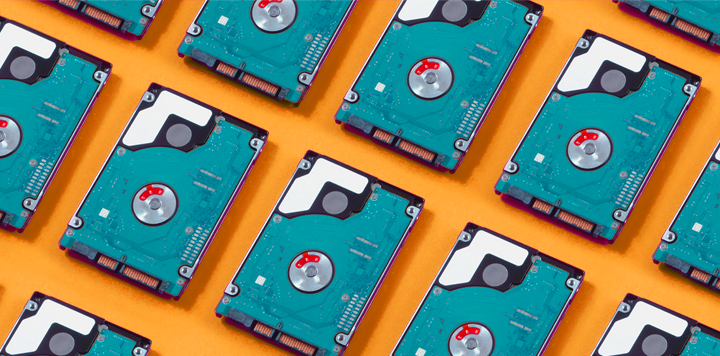What is Partition Management?

Storage space is a mission-critical asset for businesses today. From traditional hard drives to solid-state drives, companies need to get their money’s worth out of their storage hardware. Whether you’re looking to better manage your own storage or improve the storage strategies of your clients, managed services providers (MSPs) should consider how partition managing can help them effectively provision storage resources.
While there are many strategies to optimize the use of storage resources, disk partitioning is a particularly popular and efficient method. Instead of functioning as an undivided whole, disk partitioning allows users to divide secondary storage resources into separate areas. This allows IT professionals to better utilize the entire space available on an HDD, SSD, or other storage device.
For users interested in disk partitioning, several tools are available—paid and unpaid—that allow you to create, delete, shrink, expand, split, and merge partitions on your storage devices. From the free Windows partition manager to commercial options offered by software companies, these tools—known collectively as partition management tools—make it easier for IT professionals to get the most out of secondary storage.
To put partition management tools to good use for your customer’s business (or your own), it’s important to familiarize yourself with how they work and to fully understand how they can benefit you. By knowing the ins and outs of this kind of software, MSPs can help their teams and customers avoid some of the most common issues that arise in disorganized, non-partitioned secondary storage devices.
What is partition management?
Partition management is the process of undertaking disk partitioning. While the mechanics of partition management depend in part on what tools IT professionals use, the outcome is the same—operating and file systems will treat the different areas on secondary storage you create as if they are their own devices.
This process works by using a partition table. When users employ partition management tools to create, delete, or otherwise manipulate partitions within a storage device, the partition table records the size, location, and nature of each partition. Then the operating system consults the partition table to understand the provisions of the partitions and where to write certain data and files.
Once partition management tools have performed this work, partitions then operate as discrete “logical” disks rather than part of the same overall storage device. Partition management tools also typically provide a range of other functionalities, such as streamlined organization options, conversion capabilities between different formats, cloning tools, and the ability to recover deleted partitions.
What are the benefits of partition management?
When done properly, partition management allows IT professionals to make more effective use of storage resources. While the benefits of partition management will depend on what companies are looking to do, they range from improving data security and insulating files from corruption to streamlining backup and boosting efficiency. In the same way separating physical storage units into sections might allow you to make better use of such facilities, partition tools can enable better use of hard disk drives, solid-state drives, and more.
Because disk partitioning allows IT professionals to separate the storage capacity of devices into discrete units that function on their own, partition management can improve data security. Corruption of files in one partition due to a virus, malware, or other formatting problem won’t affect information stored in separate partitions. Partitioning also makes the backup process easier, effectively enabling users to store copies of separate partitions with ease.
Additionally, partition management allows users to run multiple operating systems or file systems on the same device. Rather than setting up each working environment on a separate machine, disk partitioning means each partitioned section of a storage device can host its own operating system and file system. For certain systems, this can greatly improve performance and help allocate storage resources more strategically.
How do I resize a partition in Windows 10?
If you’re using Windows 10 and want to try your hand at partition management, you have access to a partition tool native to your Windows operating system. You can find the Disk Management tool by clicking on “Start,” entering “partition” into the search function, and then selecting “Create and format hard disk partitions” when your options appear. You can also select “This PC,” then “Manage,” and then click on “Disk Management.”
From here, you’ll need to right-click on whichever partition you want to resize. If you’re looking to shrink your partition, you’ll select “Shrink Volume” and enter a number that reflects how much storage space on the disk you’d like to make available. If you’re looking to expand your partition, you’ll select “Extend Volume” and enter the number of unused space you’d like to allocate for that partition.
When performed well, partition management is a useful way for IT professionals to put their secondary storage devices to work. However, if you still have questions about disk partitioning or you’re curious about what other tools you can use to get the most out of your storage resources, visit the SolarWinds blog to learn more.
Want to stay up to date?
Get the latest MSP tips, tricks, and ideas sent to your inbox each week.
